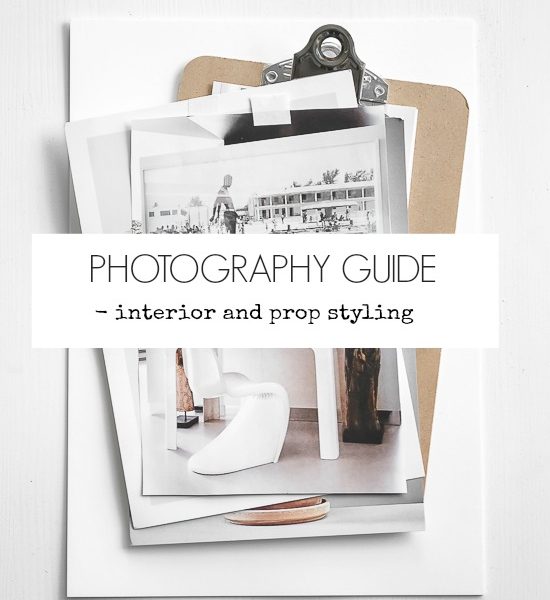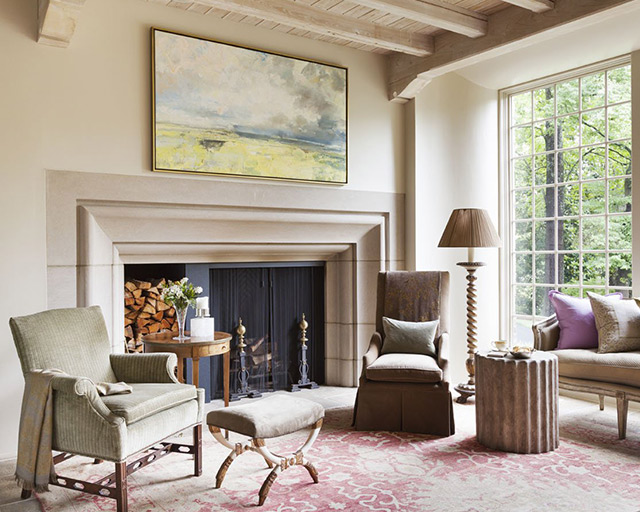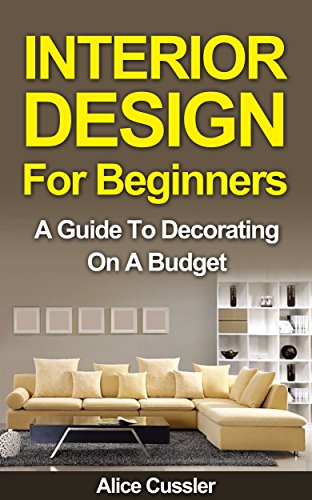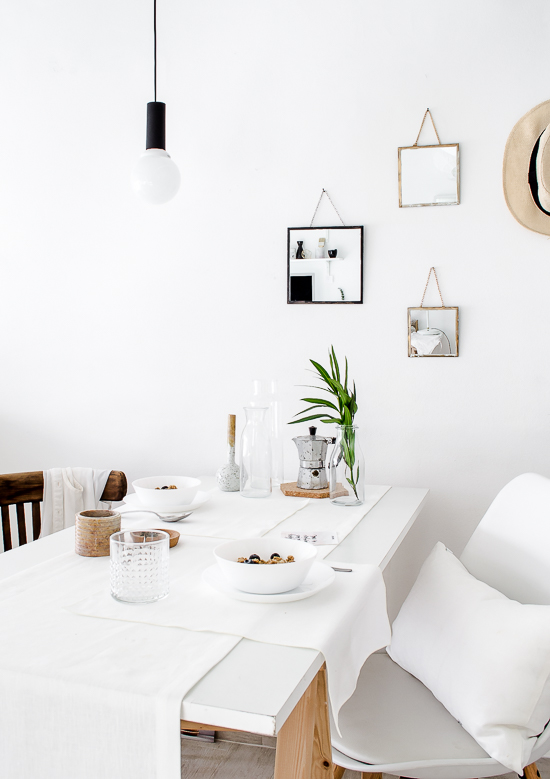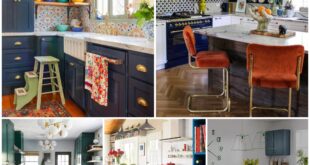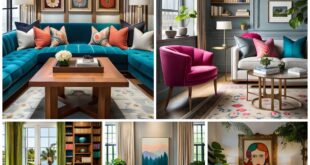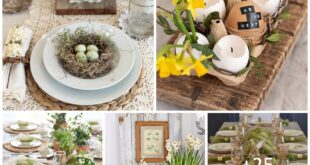Photographing interior design is a huge responsibility. A bad angle or ugly shadows can ruin not only the frame, but also the beauty of the room. Architectural photographers learn for years how to create a lush interior. Here are the top tips from professionals to help even beginners understand this difficult craft.
Adjust the lighting
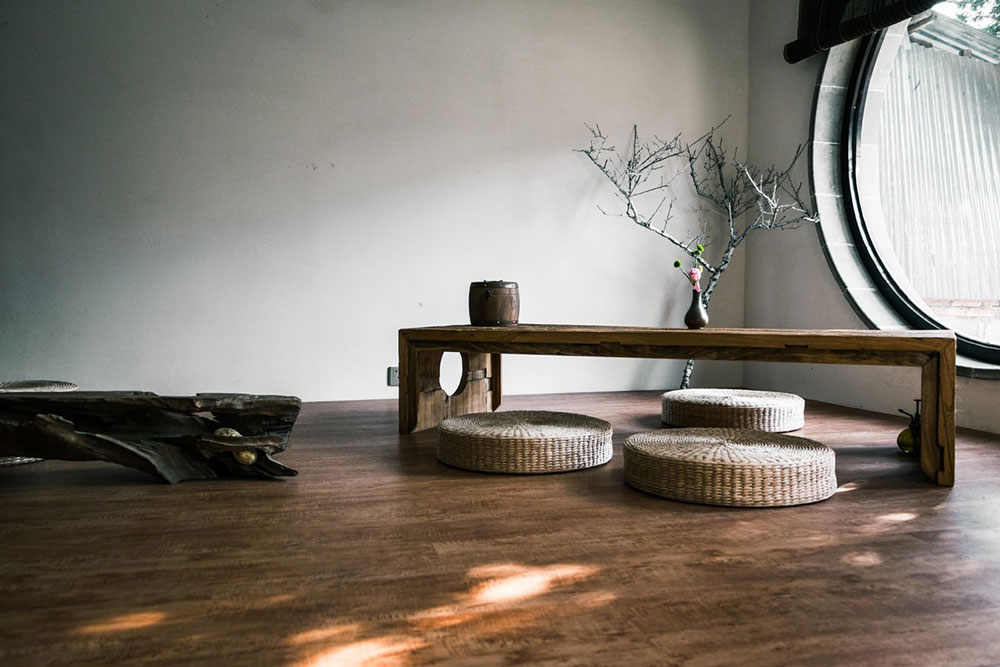
Typically, designers spend a lot of time thinking about lighting when designing a room project to complement the interior. If possible, natural light should fill the room through the windows during the day and artificial light in the evening. The photographer’s job is to decide whether the amount of light available is sufficient to repeat the beautiful view in the photo.
Additional light sources are not normally required during the day. In the evening, however, it can turn out that all lights in the room have a warm shadow that is not compatible with the camera flash. Wear corrective yellow gel filters on the torches to solve this, or use studio lighting equipment.
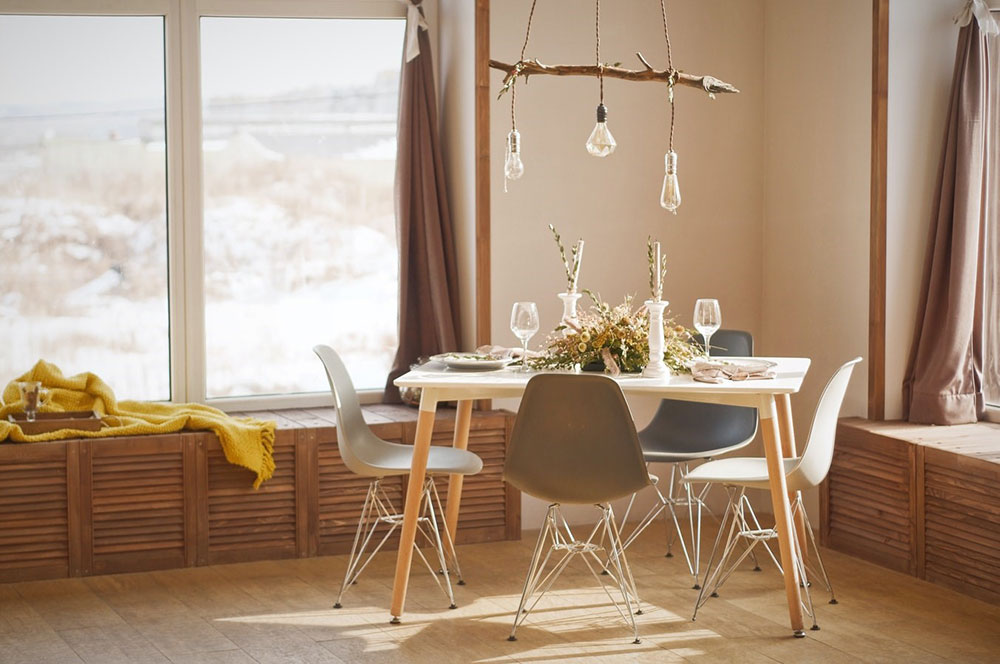
Choose the right perspective and angle
For the interior, the photographer often has to take pictures from a corner of the room. You need to take some test shots to understand the most advantageous angle from which the room looks. The best way to shoot is from the waist. Pictures from high heights can distort the size of the furniture. it will look funny or ridiculous.
When taking photos of individual details and interior areas, also pay attention to the perfect angle. Watch the reflection in the mirrors so you don’t get into the frame.
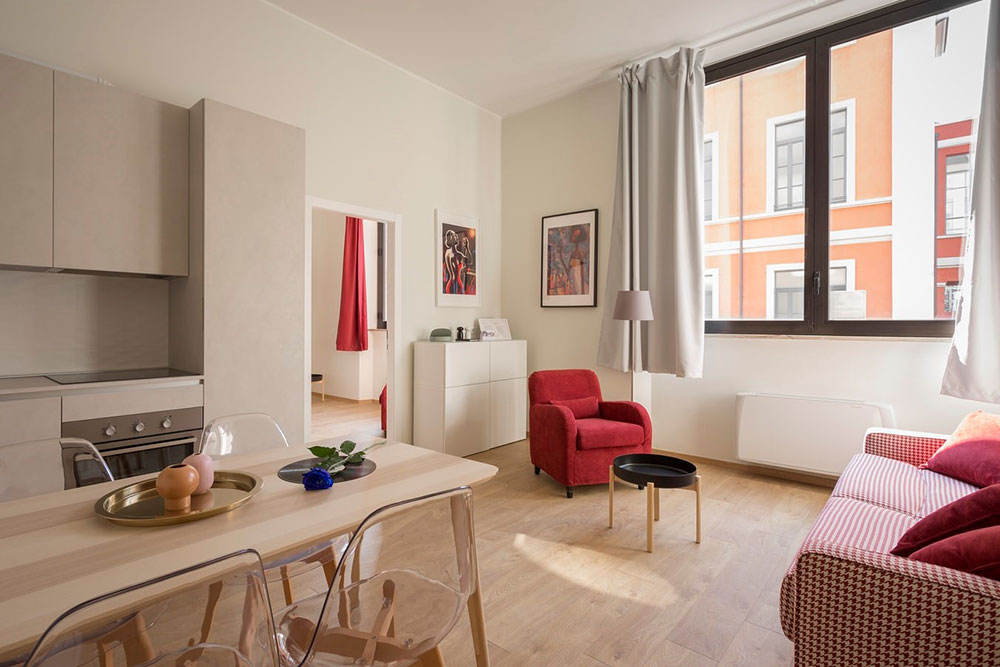
Use a wide angle lens
Take pictures of the interior with a wide-angle lens so that most of the space fits into the frame. Most experts agree that a 16 mm – 24 mm lens provides an image with an optimal latitude. Too wide distort the perspective.
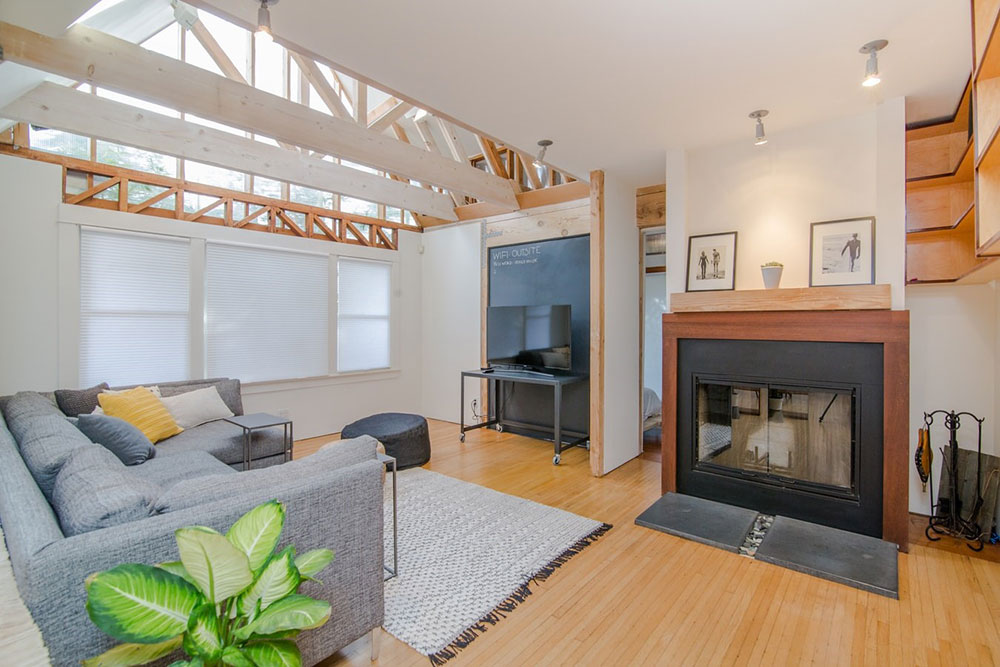
Use a tripod
You can walk through the room with a camera in hand during the test recordings. However, once you’ve found the optimal angle, use a tripod to avoid blurring in the photo. Even if you have steady hands like a surgeon, there’s no need to take any chances. If you don’t have a tripod, or can’t install it where you want to take a picture, use improvised materials like books or a chair. Use the camera shutter timer as an additional measure for stabilization.
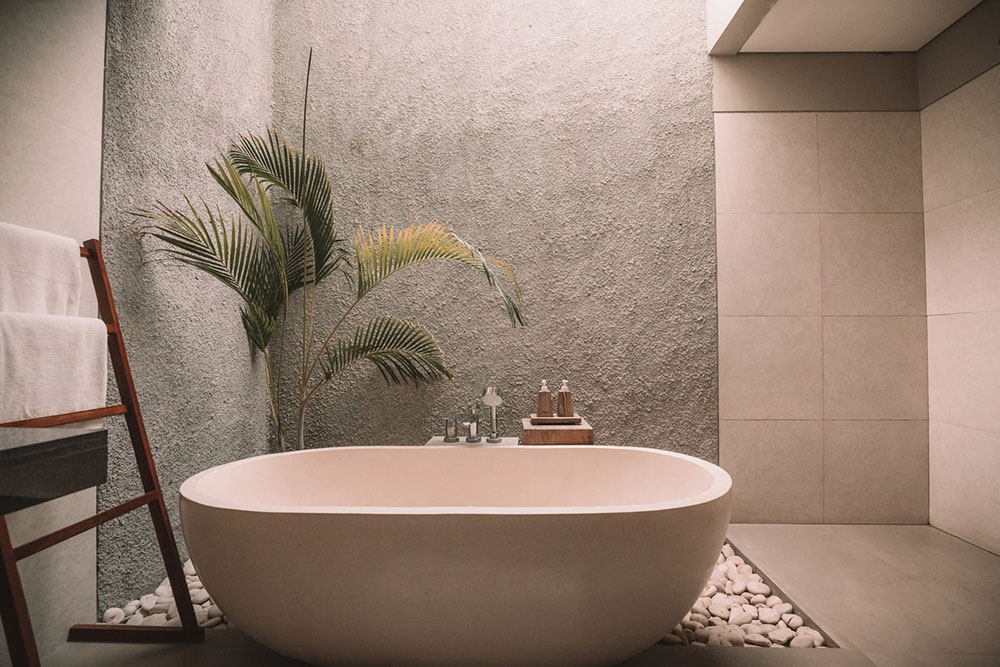
Plan the scene
Always check the room carefully before shooting. It is necessary to remove all unnecessary things. If the photo contains many different small details, it creates an impression of clutter and attention is diverted from the interior. These are not just scattered things or real rubbish, but also spots of color that do not match the overall tone of the room.
It is better to adhere to the rule in production: “The more natural, the better.” Perhaps it is better to turn or move the chair, place the toy on the bed, or leave the open book on the table. Try to restore the atmosphere of a magazine about interior design.
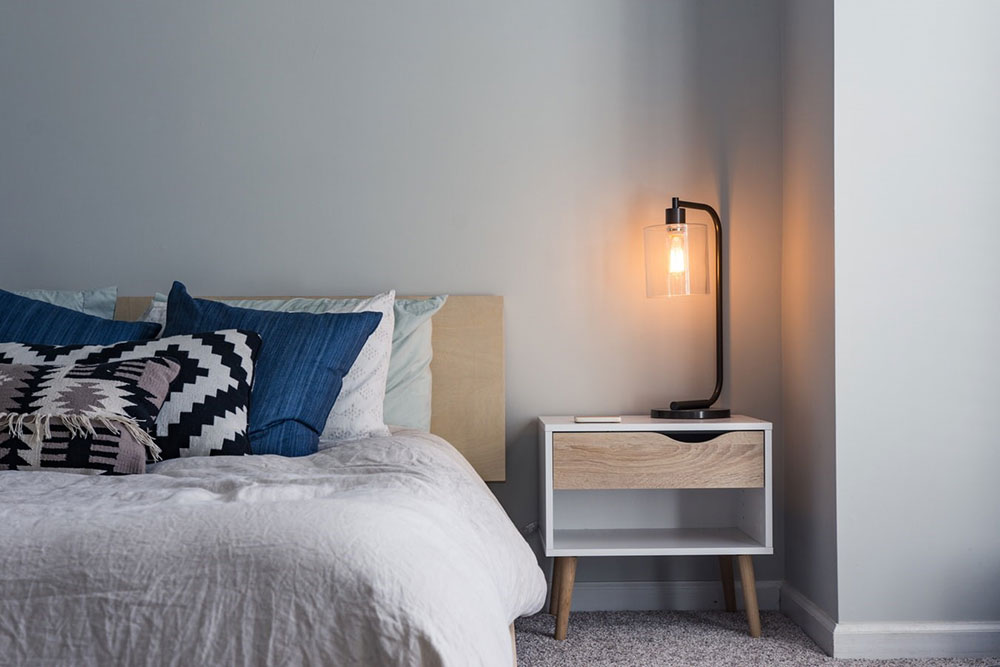
Edit interior shots
Your task is to convey the design of the room and its colors as precisely as possible. Therefore, do not risk adding filters or changing the indicators for brightness, contrast, etc. significantly. Add a warm hue to the picture to create coziness.
When editing, it can sometimes happen that some objects do not fit into the scene. Re-creating an image creates additional headaches. It is therefore better to remove disruptive elements from the frame. Use the photo editor retouchme.com/service/remove-object-people-from-photo-app/ to quickly remove the object.
When shooting interior design, you should take a photo that can “sell” what the viewer sees in the picture. Be ready to generate ideas based on your environment. This type of shooting is interesting because of its spontaneity. Do not be afraid of experiments, try different approaches, take a lot of pictures and you will get beautiful pictures.
 TopsDecor.com Home Decor Ideas
TopsDecor.com Home Decor Ideas
